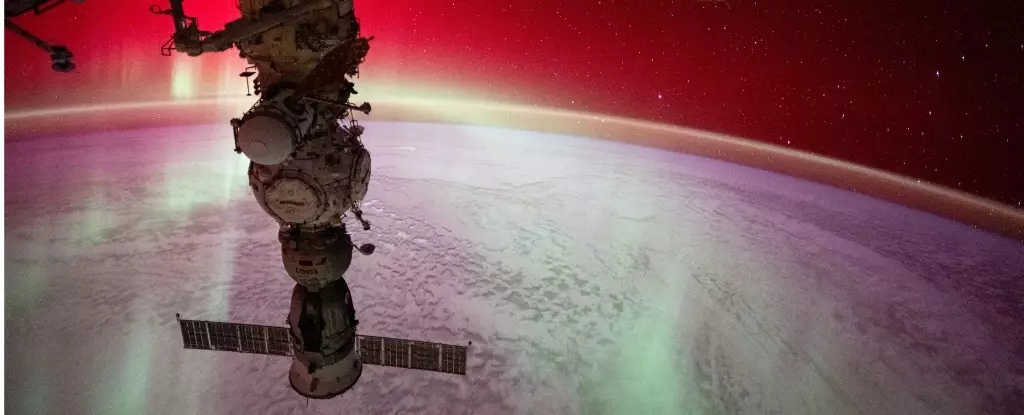The International Space Station (ISS) is not only a marvel of engineering and scientific exploration; it is also a unique platform for some of the most extraordinary photography of our planet. Every orbit around Earth—a journey that takes roughly 90 minutes—provides astronauts with breathtaking views that are simply unobtainable from the surface. The year 2024 has witnessed the emergence of phenomenal images, capturing everything from cosmic events to the natural beauty of Earth itself. This article reflects on some of the most compelling photographs taken from the ISS and delves into the profound impact these views have on astronauts and humanity at large.
One of the remarkable aspects of life aboard the ISS is the ability to witness the Earth from a vantage point of approximately 250 miles above the surface. This unique perspective allows astronauts to capture stunning images of our planet and its atmosphere. Backdropped against the infinite black of space, the vibrant blues and greens of Earth create stunning contrasts—each photograph taken serves as a reminder of our planet’s beauty.
Astronauts, many of whom come equipped with technical skills as engineers or scientists, often take their passion for photography beyond simply documenting their experiences. As NASA astronaut Matt Dominick articulated, the impulse to capture and share these images is almost irresistible: “How would you not want to take pictures and try and share that with the rest of humanity?” The thrill of showcasing extraordinary phenomena such as blood-red sunsets, glowing auroras, and rare cloud formations generates an excitement that is palpable in the narratives shared by those aboard.
One particularly captivating highlight from 2024 was the appearance of Comet Tsuchinshan-ATLAS, also known as Comet A3. Its bold, luminous presence offered astronauts an exquisite opportunity to document an event seldom seen by human eyes. Alongside unique celestial events, astronauts often encounter the mesmerizing appearance of the aurora borealis—nature’s own light show—which lights up the polar skies.
As Earth navigates its yearly cycle, astronauts also have front-row seats during significant astronomical events, such as total solar eclipses. In April, the ISS crew witnessed the moon casting a shadow over vast portions of the United States, providing a unique photographic opportunity that few have experienced. This not only enriches their visual archives but also enhances the public’s appreciation for the astronomical events that knit the tapestry of our solar system.
However, not all sights from the ISS radiate hope and positivity. Astronauts are also compelled to confront humanity’s impact on the planet when observing natural disasters such as hurricanes and wildfires from above. The immense scale of hurricanes like Helene and Milton presents a sobering reminder of nature’s power; the destructive force engulfing the landscape is starkly visible. Similarly, wildfires appears as ominous scars on the Earth, visible against the lush greenery they consume.
Seeing these events from space evokes strong reflections on environmental and humanitarian concerns. The emotional tone shifts significantly when astronauts speak of the “Overview Effect”—the sudden realization of Earth’s fragility upon witnessing it from afar. The contrast between the beauty of our planet and the destructive forces at play compels many astronauts to reassess their personal values and global responsibility.
Despite its contributions to both science and photography, the ISS faces an uncertain future, with its operational lifespan expected to end in 2030. NASA has begun exploring options for decommissioning the station, including plans to guide it safely into the Pacific Ocean. The legacy of the ISS is substantial, having heralded a new era of international cooperation in space, and its closure will mark a poignant shift in human space exploration.
Astronauts like Suni Williams and Butch Wilmore have grown accustomed to this environment, embracing it as a “happy place” even in the face of uncertainty regarding their return to Earth. The thrill of exploration resides in their very being, and the indelible photographs they take represent not only their experiences but also a collective human endeavor to understand our universe.
As we reflect on the multitude of wonders witnessed from the ISS in 2024, we are reminded of the beauty, responsibility, and camaraderie that comes with understanding our place in the cosmos. The celestial perspectives woven through the fabric of their photography serve as a bridge connecting humanity back to our home, urging us to cherish and protect it.

